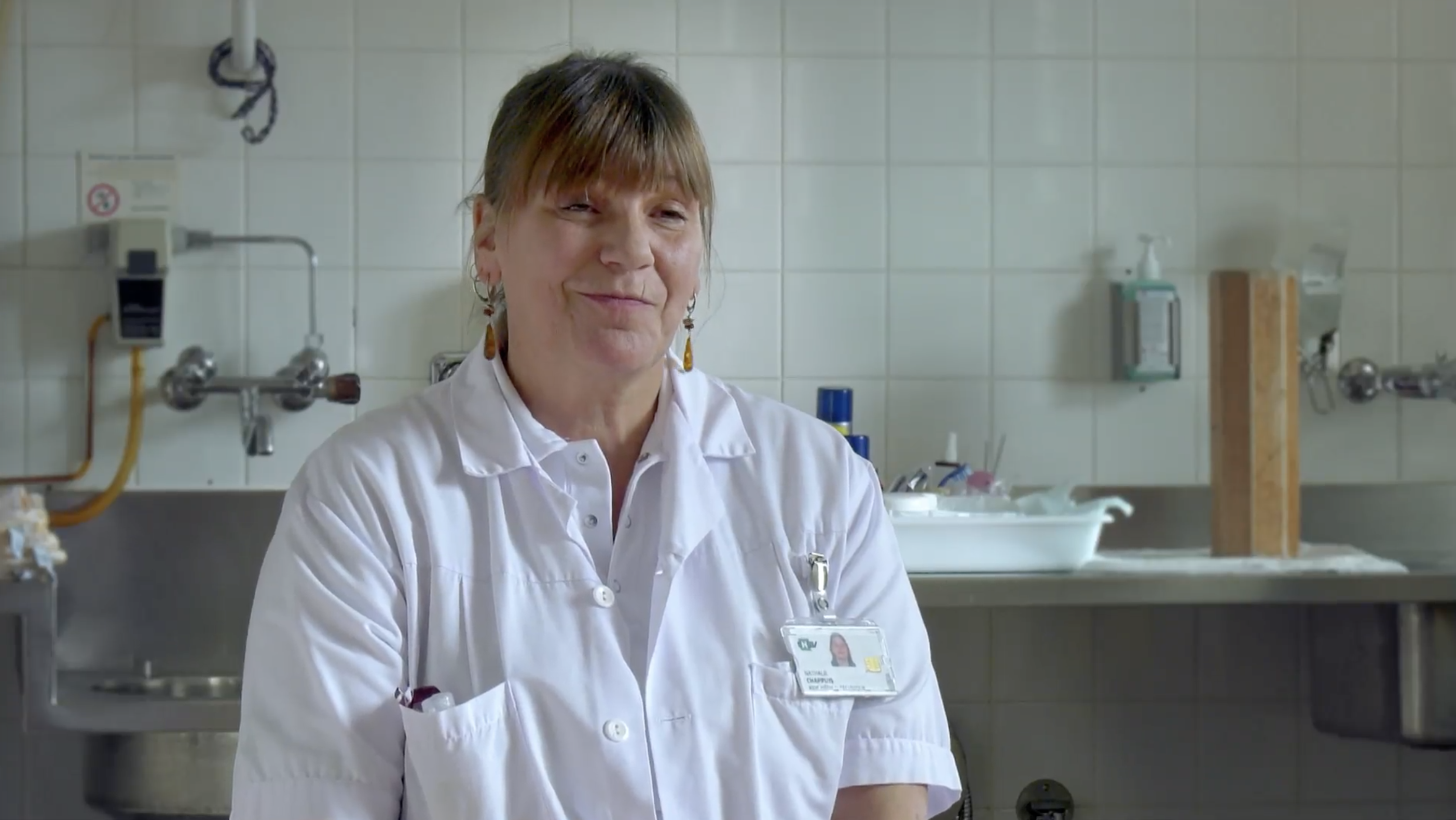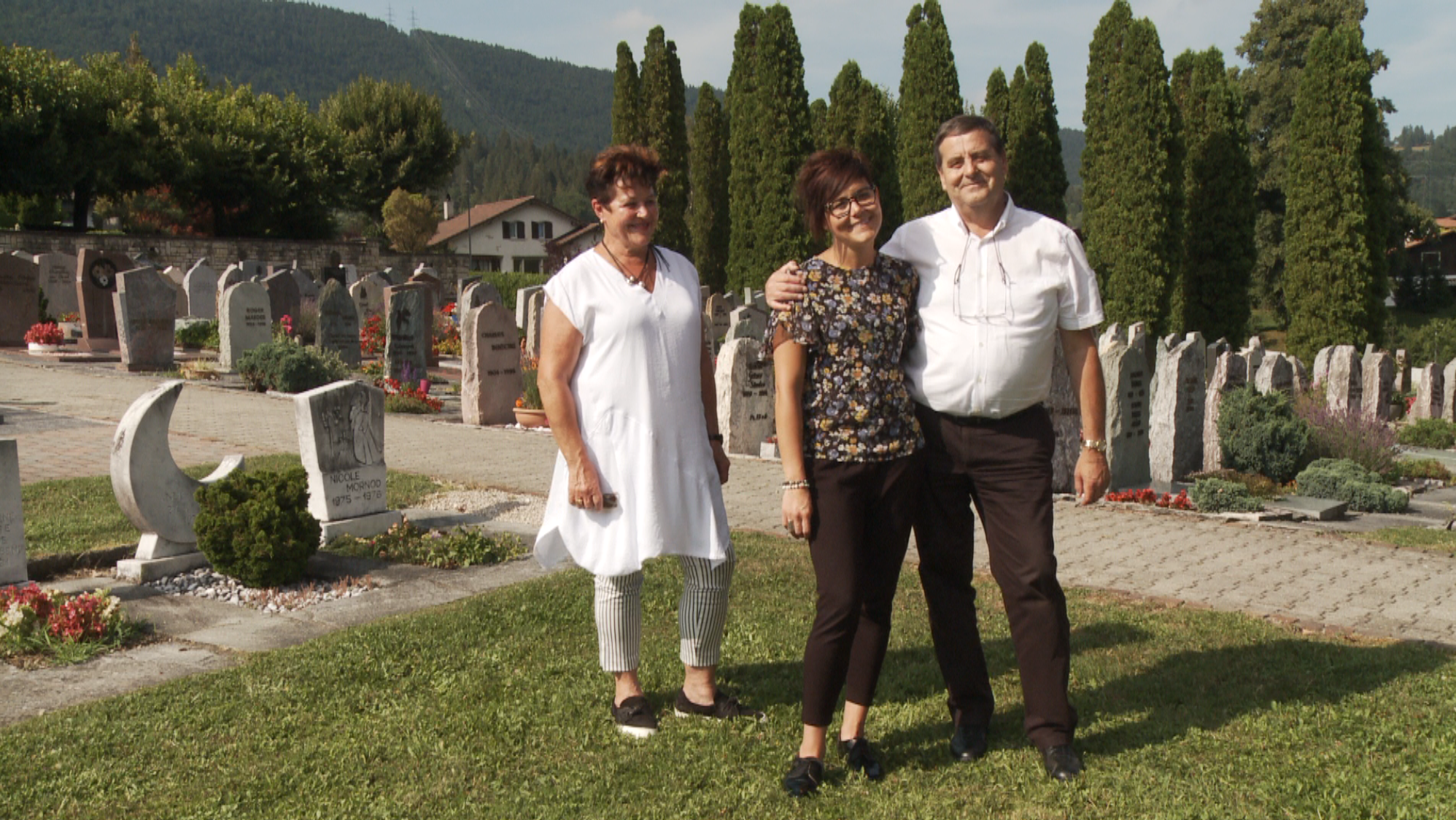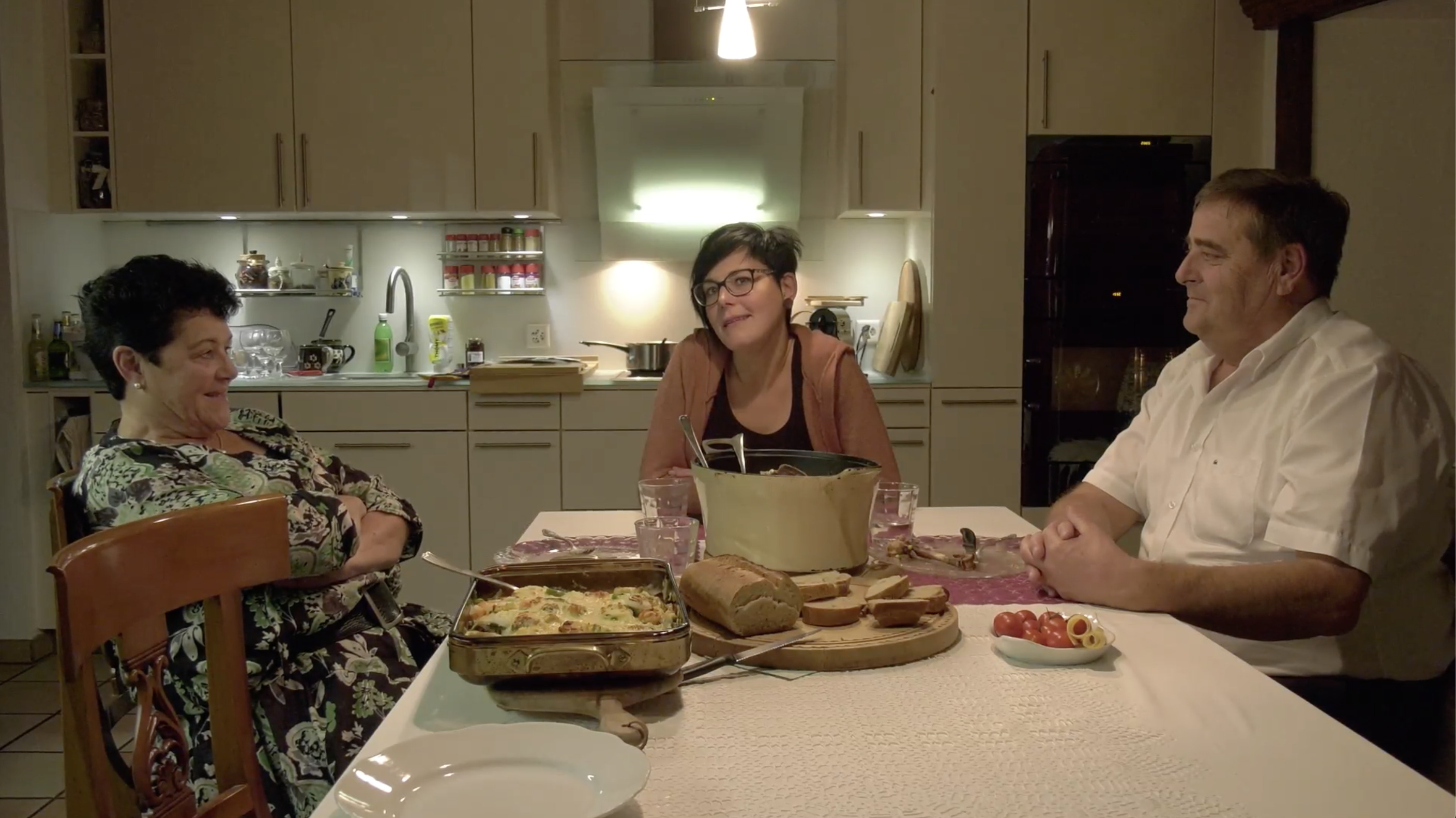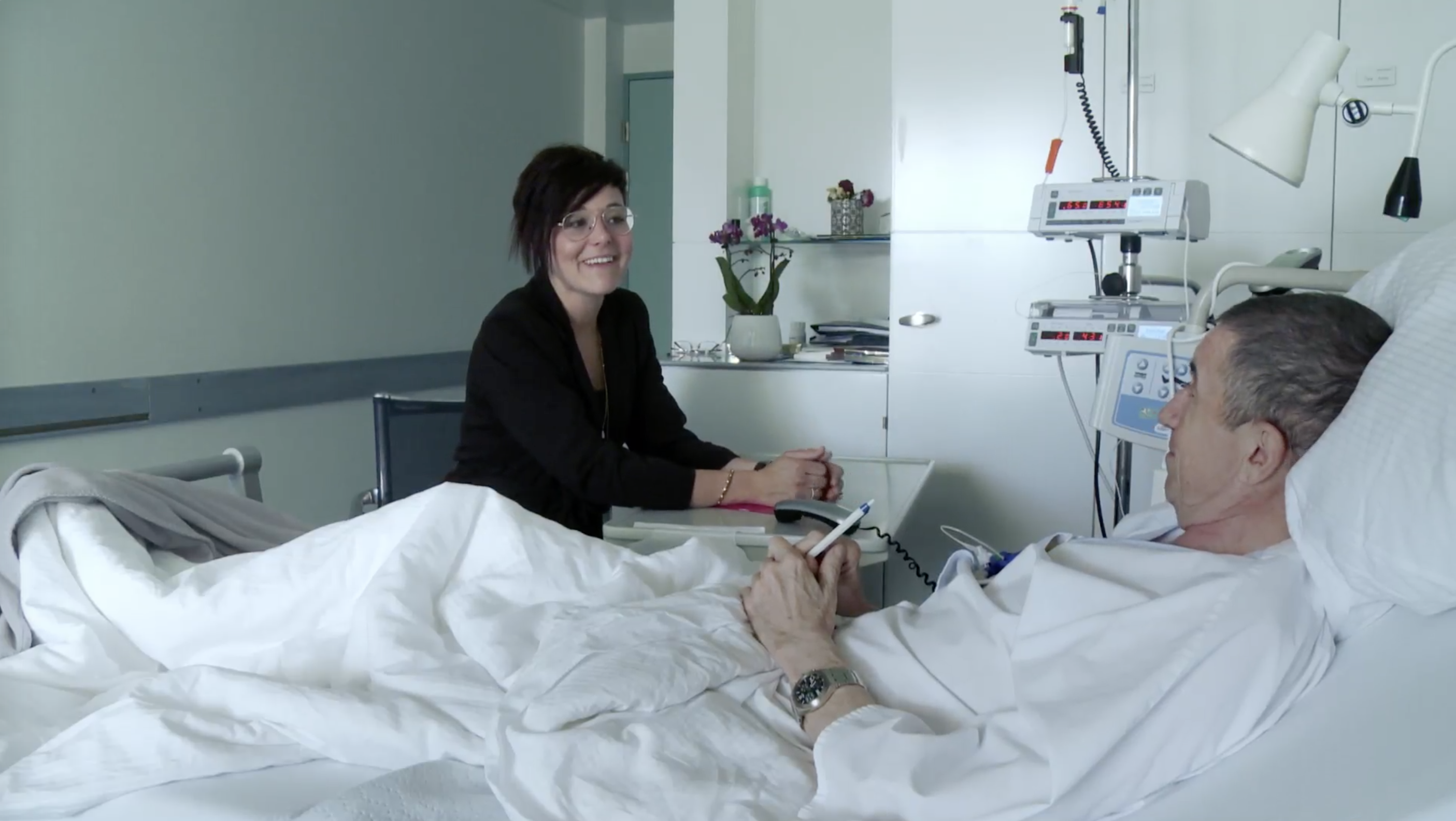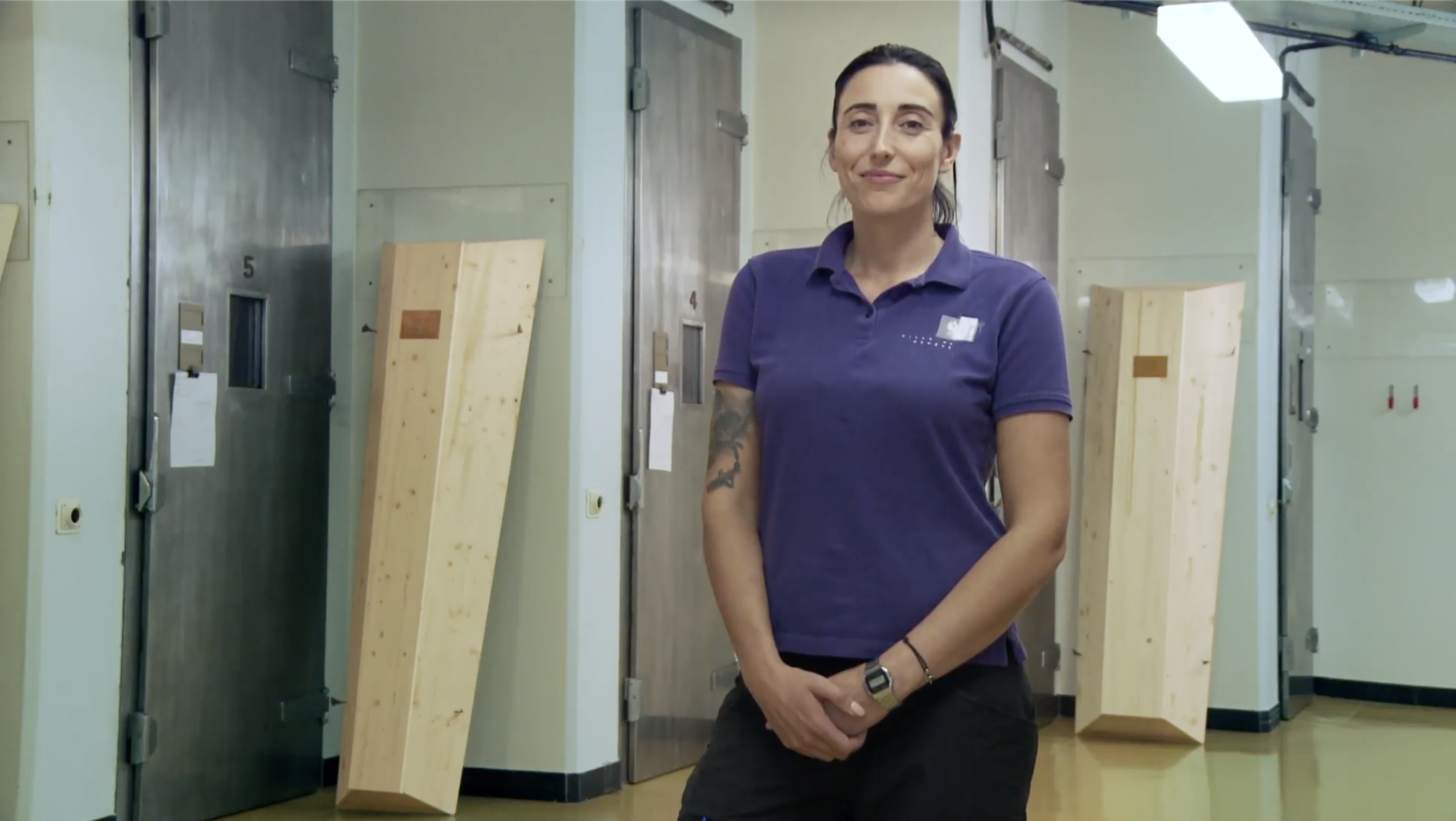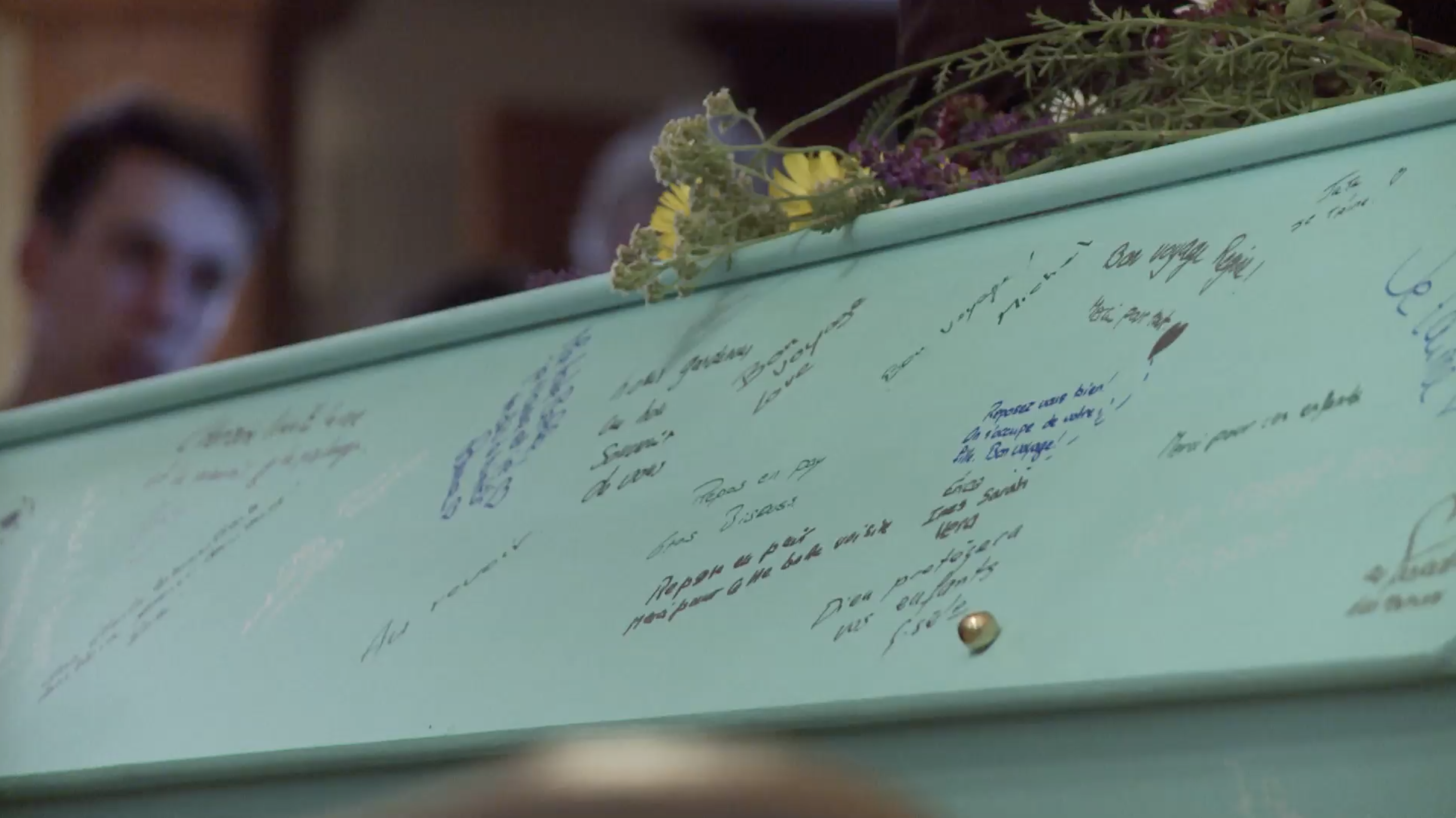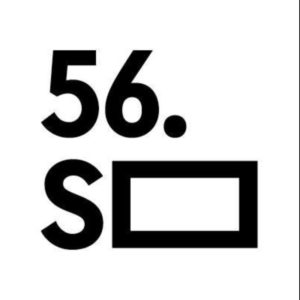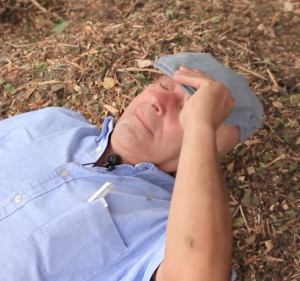Extrait no.1 (film clip w/Engl ST)
SYNOPSIS CROQUE-MORT AU FEMININ
Vous êtes-vous déjà demandé qui allait prendre soin de votre corps après votre décès? Un homme? Une femme? Peut-être cela vous est-il indifférent… Soit. De toute façon, jusqu’ici, vous n’aviez pas vraiment le choix dans l’univers presque exclusivement masculin des pompes funèbres. Or depuis quelques années, les choses changent. Radicalement même.
Claire a travaillé des années aux service-clientèle d’Ikea. Monica était coiffeuse, Nathalie buraliste postale, tandis que Sarah prenait les appels à la hotline de Swisscom. Seule Valentine a suivi les traces de son père… Toutes sont aujourd’hui croque-morts.
On l’a peut-être oublié, mais pendant des millénaires les femmes se sont occupées des défunts. Toilettes mortuaires, veillées des corps, rituels funéraires… elles étaient là à la naissance, elles étaient là logiquement au moment du départ. Les hommes se chargeaient uniquement de la fabrication des cercueils, de transporter les corps et de creuser les fosses.
Et puis il y a un siècle, dans les grandes villes d’abord, tout a changé : on a éloigné les cimetières des centres-villes et on n’a plus laissé les gens mourir à la maison… Bienvenue au funérarium ! Les hommes ont pris l’entier du relais, croque-mort est devenu une profession en soi, une profession “rémunérée” aussi.
Depuis une quinzaine d’années, les femmes font leur grand retour sur la scène funéraire. Un retour encore peu connu du grand public, mais qui modifie en profondeur le rapport aux défunts et la relation aux familles. Elles s’apprêtent à dépoussiérer radicalement ce métier traditionnellement opaque, sans formation requise ni garde-fous.
Accès au film sur Vimeo:
https://vimeo.com/ondemand/croquemortaufeminin
WOMEN UNDERTAKERS: BACK FOR THE DEAD
For millennia, women have cared for the deceased: as death-bed vigils, as undertakers, as guardians of funeral rituals. They were present at births, and so, logically they were present at deaths too. Then everything changed. Since we no longer die at home, men took over. Undertaker became a “profession”, with its own business model. But today a growing number of women are making a comeback. For the good of the deceased?
Have you ever wondered who will take care of your body after your death? Man or woman? Maybe you don’t care… Either way, until now, you didn’t really have a choice in the almost exclusively male world of undertakers.
However, in recent years, things have changed. Radically even. For every new position in Switzerland for instance, more than a third of the candidates are now women. And this year, at the Federal exam to become a certified funeral director, there was parity for the first time.
So, what does this change for the deceased and for the families? What do these women do better – or differently – in their practice? What is certain is that they have the firm intention of dusting off a traditionally opaque profession that lacks both training and safeguards.
Access to the film version with English subtitles on Vimeo:
https://vimeo.com/ondemand/femalemorticians
SYNOPSIS DIE BESTATTERINNEN
Das Bestattungswesen ist eine Männerwelt. Vier Frauen lassen sich davon nicht abschrecken. Im Gegenteil: In diesem Beruf können sie ihre Vorstellungen von einem würdevollen Umgang mit den Verstorbenen und ihren Angehörigen einbringen.
Haben Sie sich schon gefragt, wer sich nach Ihrem Tod um Ihren Körper kümmern wird? Ein Mann oder eine Frau? Oder ist es Ihnen egal? Bisher gab es wenig Wahlmöglichkeiten, denn das Bestattungswesen ist hauptsächlich Männersache. Seit ein paar Jahren beginnt sich dies zu verändern. Auf entsprechende offene Stellen bewerben sich immer mehr Frauen. Neu ist dies keineswegs: Während Jahrtausenden kümmerten sich Frauen um die Leichentoilette, Totenwache und Bestattungsrituale, und auch die Begleitung von Geburten war Frauensache. Nur die Herstellung der Särge, der Leichentransport und die Aushebung des Grabes waren in Männerhand. Dann begann sich dies zu verändern: Die Friedhöfe verschwanden aus den Stadtzentren, immer seltener starb man zu Hause und es entstand der Beruf des Bestatters. Heute arbeiten erneut wieder Frauen in diesem Bereich. Was machen Bestatterinnen anders?
Zugriff zur deutschen Fassung auf Vimeo:
https://vimeo.com/ondemand/diebestatterinnen
SYNOPSIS
DONNE BECCHINO O LA MORTE IN ROSA
Vi siete mai chiesti chi si prenderà cura del vostro corpo dopo la vostra morte? Un uomo? Una donna? D’accordo, forse non ci pensate più di tanto…. In ogni caso, fino ad ora, non abbiamo avuto scelta nel mondo quasi esclusivamente maschile delle pompe funebri. Negli ultimi anni però le cose sono cambiate. E anche radicalmente.
Claire ha lavorato per anni nel servizio clienti di Ikea. Monica era una parrucchiera, Nathalie un’impiegata postale, mentre Sarah prendeva le chiamate alla hotline di Swisscom. Solo Valentine ha seguito le orme di suo padre… Ora sono tutte impresarie funebri.
Forse l’abbiamo dimenticato o non lo abbiamo mai saputo, ma per migliaia di anni erano le donne a prendersi cura dei defunti. Si occupavano della preparazione dei morti, di vegliare i corpi et dei riti funebri. Erano lì alla nascita e logicamente quindi erano lì al momento della partenza. Gli uomini erano solo responsabili della fabbricazione delle bare, del trasporto delle salme e dello scavo delle tombe.
E poi un secolo fa, a cominciare dalle grandi città, tutto è cambiato: i cimiteri sono stati spostati lontano dai centri cittadini e non si sono più lasciate le persone morire a casa… Benvenuti nelle pompe funebri! Gli uomini hanno preso il sopravvento e i becchini, o necrofori, sono diventati una professione a sé stante, e anche “pagata”.
Negli ultimi quindici anni, in quest’ambito, le donne sono tornate sulla scena. Questo ritorno è ancora pressoché sconosciuto al grande pubblico, ma sta già cambiando profondamente il rapporto con i morti e le relazioni con le famiglie. Le donne si preparano a rinnovare profondamente questa professione tradizionalmente opaca, che non ammette debolezze da parte di chi lo pratica e che, allo stesso tempo, richiede soltanto una formazione breve.
Accesso alla versione originale su Vimeo (con sottotitoli in italiano):
https://vimeo.com/ondemand/donnebecchino
Accès au film (VOD)
Credits
Camera:
Fabien Wohlschlag, Séverine Barde, Olivier Kunz, Bastien Genoux
Additional images:
Marc Wolfensberger
Sound:
Blasie Gabioud, Gilles Abravanel, Théo Viroton
Editing:
Chloé Seyssel
A film by:
Marc Wolfensberger
Collaboration to the editing:
Marcel Schüpbach
Original music:
Philippe Fivet
Recording & mix:
Pierre Bader
Color grading:
Jean-Baptiste Perrin
Production:
Thin Line Productions
in co-production with:
RTS Radio Télévision Suisse, Pacte SSR SRG
with the participation of
Cinéforom and the support of La Loterie Romande
With the support of
Fonds de Production Télévisuelle
Succès passage antenne, SRG SSR
Fondation Ernst Göhner
Fondation Sandoz
Length & format:
52 min, HD
Main film languages:
French
International sales:
Thin Line Productions / www.thin-line.net
Main TV broadcasts & Festivals
RTBF
1 November 2021 (20:30, LaTrois) – lien
RTS – Temps Présent
13 August 2020 (20:15, RTS1) – bande de lancement
14 August 2020 (13:45, RTS2)
31 October 2019 (20:15, RTS1)
1 November 2019 (13:55, RTS2)
6 November 2019 (12:30, RTS2)
SRF
24 November 2019 (10:00, SRF1) – link
TV5 Monde
18-26 November 2019 (on all TV5 networks)
56ème Journées de Soleure
20-27 January 2021
Recommended reading
Penser la mort
Société d’études thanatologiques – link
Deuil périnatal
Le deuil d’un enfant – link
Bernard Crettaz
Face à la mort – film link
Toussaint’s Festival
Swiss (yearly) festival focusing on the undertakers’ world – programme link
Laurence Hardy
Prendre soin des corps après la mort – link
Dans ce métier, il y a tout qui est valorisant. On peut faire que du bien. On ne peut pas faire du mal, le mal il est déjà fait… c’est la mort, elle est là. Prendre soin. Essayer que cela aille un peu mieux. Espérer que cela soit un peu moins tragique…


